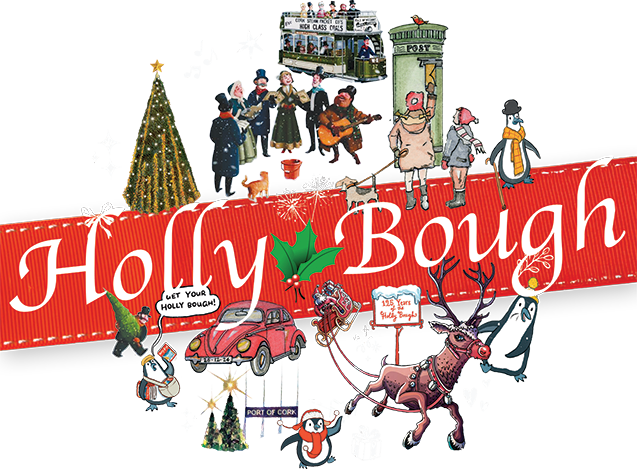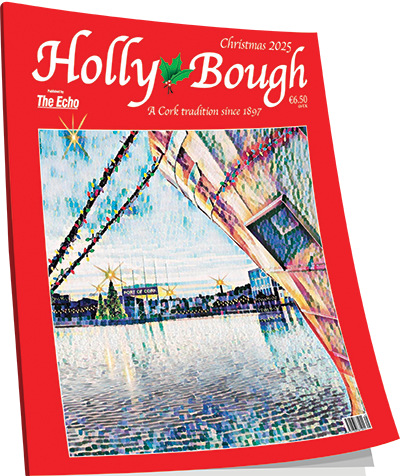John Arnold: Me, a history teacher! My stint as tour guide for local children
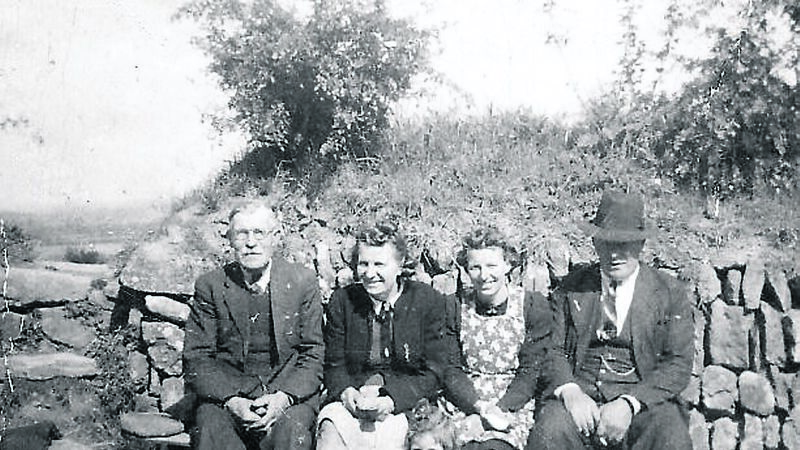
It was the month of January in the year 1975 and I had walked the two miles over to Ballyda to chat with Jerry and Johnny Roche, two bachelor brothers both born in the late 1800s.
Growing up in the 1890s, Jerry remembered going to school in the ‘old school’ in Monanig, and he told me that when Coffeys of Midleton were building the’ new school’ in 1903, he worked with them as a labourer.
Fr Peter O Leary, or An t Athair Peadar as he was better known, had been a curate in this parish in the 1870s and ‘twas he engaged British Army Bands-master Matthews to teach music in both Bartlemy and Rathcormac. This was the man Jerry Roche told me about on that crisp January night 47 years ago.
I recalled that story just yesterday as I walked around the Cross of Bartlemy. The Principal in Bishop O’Brien Memorial National School had asked me to do a ‘walking tour’ of local history with classes from the school.
To paraphrase the words of William Wordsworth, ‘ ’, and so it was for an hour yesterday as we walked and talked.
My pleasant task was to tell the story of my place as best I could. I have been so lucky to have been told so many stories by people I’ve met home and away and feel honoured to pass these tales on to a new generation growing up around the place I love so well.
We began below by our Path Field. It was here for decades, maybe centuries, that locals came on shanks’ mare to Sunday Mass along the old mass path. For worshippers coming from far-flung parts of the parish, trodding the mass path cut miles off their journey. In over by Ballinwillin Bridge - scene of a bloody and fatal faction fight in the 1830s - along the glenside, over the first stile, and up the slope by the Blessed Well. Up along the ‘double ditch’ between Captain Connells and our Well Field, over the second stile and up by the Path Field ditch.
Finally they walked along the old path that divided the field in two, out over the last stile, just a few yards from the church. That people would even walk such a journey amazed the children.
Mick O’Regan and Denis Spillane -both gone from us now - were the last two I saw using that path to come to Mass back in the 1980s.
Across the road is the beautifully restored Tailor Spillane’s house, whitewashed with roses round the door.
We’re not exactly sure when the church dedicated to the Well of St Bartholomew was built, probably in the 1820s. Two great scholars, Fr Maurice Kennefick and Fr Edmond Barry, both parish priests here, are buried within the church. Another cleric who ministered here, Fr Joe Kenneally, was the man behind the building of the nearby parish hall, built in the early 1960s. I made my ‘stage debut’ there in a school play nearly 60 years ago - I loved it and still do!
It was thanks to the generosity of Tom O’Brien the Hall was built -he gave the site free to the parish.
Across the road from the church stands Ahern’s house - empty and idle now and facing possible demolition soon. What fun and song and dance resonates from this homestead. Eighty years back, it was a thatched shop when ‘old’ Mike Ahern lived there, then in the 1990s history repeated itself when his son Tom had a ‘business’ there.
Tom was the man for music, he was brilliant with the harmonica and the accordion.
I told the children that when I was their age, the Cross was a busy place. I recall two public houses and the shop - O’Briens, Dooleys and Woods’ - all silent now with doors shut for business.
Older people told me how ’twas the Murley family once had a ‘stand-alone’ Post Office, then ’twas in Woods Shop. When Mrs Dooley bought the shop in 1974, William Woods ran the Post Office in what had once been the ‘Butter Store’.
That was back before the creameries came to rural Ireland. Local farmers churned their own butter, sold it here to Woods’, and they in turn sold it in the Cork Butter Market. William died suddenly in 1991 and An Post callously closed the Office forever.
Before my time, I told then of how one little corner of a room in the house where Mannixes lived later, on the Tallow Road, was a Public Library. Next door was the Band Room - as recalled by Jerry Roche - where the Bartlemy band practised. All the instruments were stolen by the Black and Tans in the early 1920s. The Band was no more but the name ‘Bandroom’ lived on until the 1970s.
It was in the Bandroom the local GAA Club, Bride Rovers, was founded in 1928.
Long, long ago there was another little shop, Spillanes, just below Woods’ - the house still stands, Mike Spillane was the last to live here.
I remember Pad Roche telling me about the night of Jim Spillane’s wake back in 1942 and how they had a ‘story-telling’ contest during the early hours of the morning!
Behind Spillanes was where Bartlemy Horse Fair was held for years. There was the Fair Field itself and below that was the Galloping Field where a horse race was always held on the days of the two great September Fairs.
I said that ‘twas unlikely the bould Napoleon Bonaparte was ever in Bartlemy himself, but his famous white horse Marengo was probably bought here by a French Army horse-buyer.
This infamous Act was read aloud publicly here at the Cross of Bartlemy on the morning of December 18, 1834, as locals and nearby parishioners gathered to support the Widow Ryan, who refused to pay the unjust ‘Tithes’. In the bloody aftermath, 12 people were shot dead.
Imagine the shop, the pubs, the Post Office, library, public phone box, petrol pumps - all in ‘my time’ and now all in distant memory.
Then, during the 1960s and into the 1970s we used have the Carnival here. For ten days, the place was buzzing with dancing, music played on a record player from Denis Barry’s loft, Wheel of Fortune, Pongo, skittles, Timber Maggie, fancy dress parades, tug ’o war and hurling tournaments.
I told the children of the fun and games we had when we were the age they are now.
They wanted to know why the shop closed, why they couldn’t buy sweets and ice cream like we could do long ago.
I could tell them all about the history but some of their questions, no, not even after all these years, can I explain and understand the way things have changed so much.
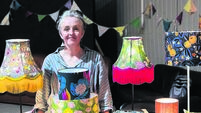
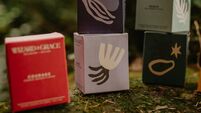
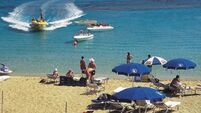
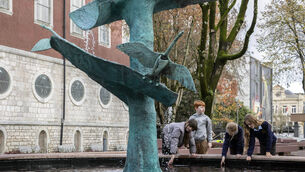
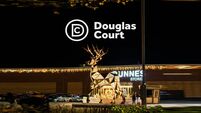


 App?
App?

